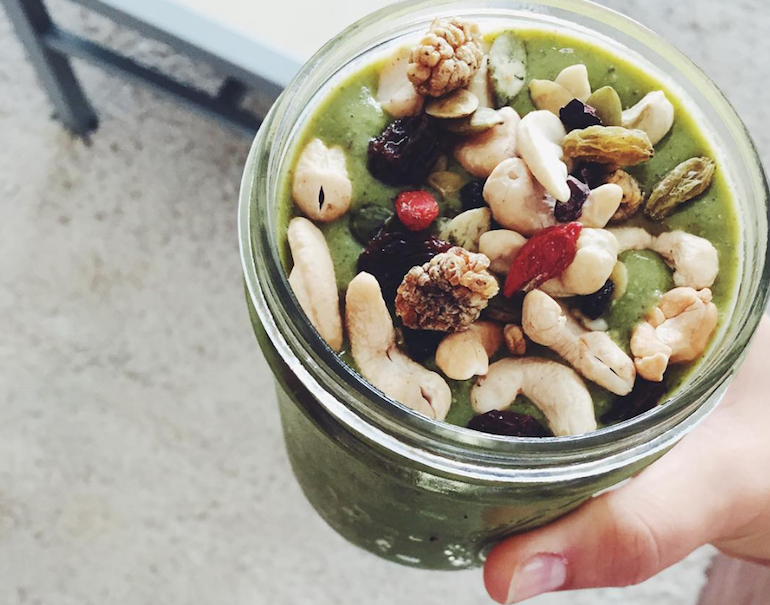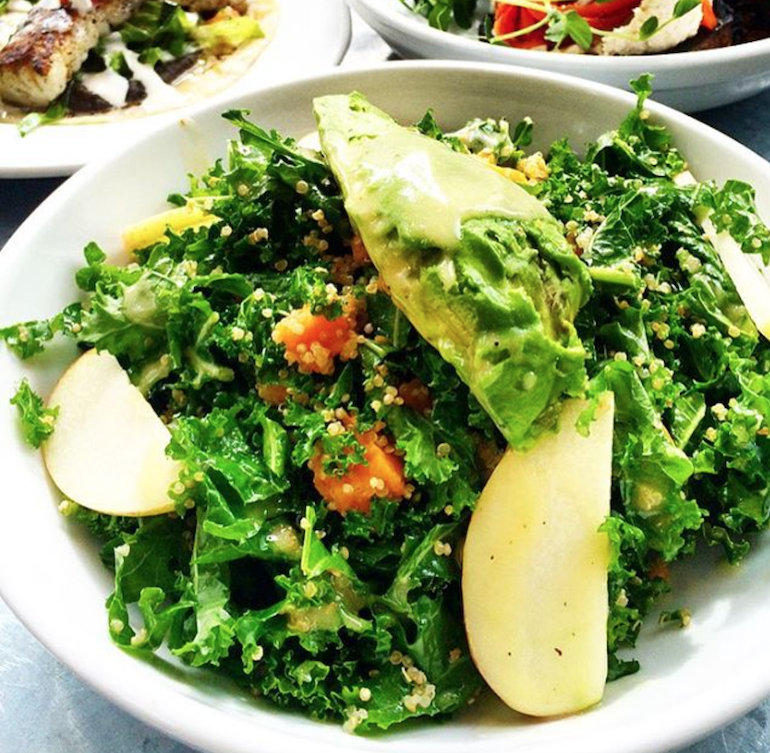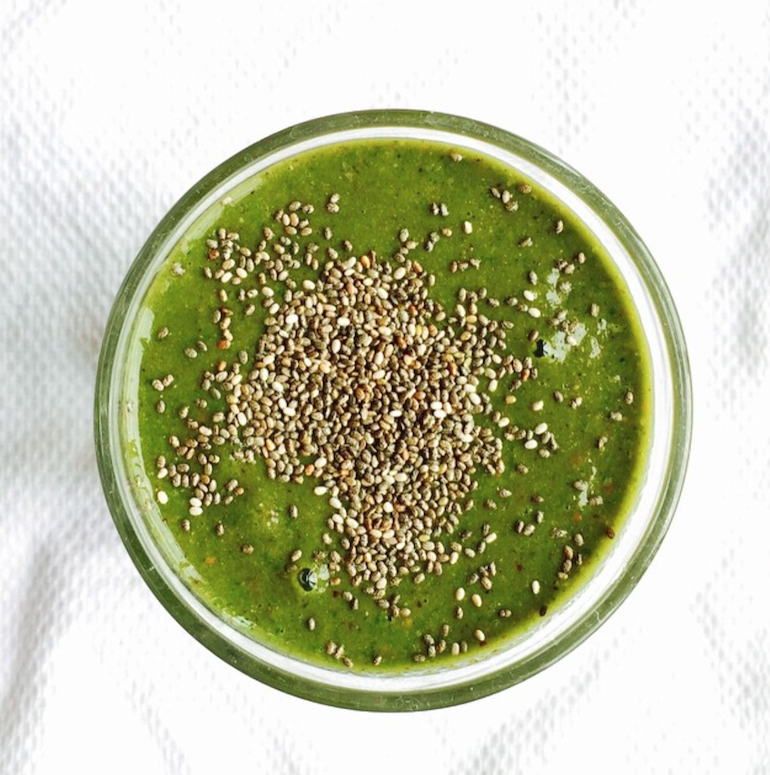In this remarkable world of food, a world that is becoming increasingly more exciting, innovative and health-crazed by the minute, no one likes to be told they cannot eat something due to a food allergy. Food allergies affect more people than you think, studies showing estimates that around 15 million Americans maintain food allergies.
Whether you’ve had an allergy since the day you were born or you’ve grown an intolerance to a certain food as you’ve gotten older, you should not have to forfeit certain important nutrients that will keep you healthy just because you have an allergy. Here is a list of the foods that people are most commonly allergic to and a few examples of alternative foods they can eat that will provide them with similar health benefits.
1. If you’re allergic to fish, eat nuts and flaxseeds

Photo by Suki Smith
Many people are allergic to fish, which means they are unable to receive the nutrients that many types of fish are filled with. However, there are still plenty of foods, like flaxseeds and nuts, that can sub in for fish to give those with fish allergies equal health benefits.
One reason that fish is considered healthy is because different types of fish, particularly salmon, contain omega-3s, a very important type of fat that is known for decreasing risk of disease. However omega-3s are found in other foods as well, specifically the almighty flaxseed as well as walnuts, both of which, if you eat even one serving, will supply you with over 100% of your daily omega-3 value. This explains why these two foods have made the World’s Healthiest Foods list.
2. If you’re allergic to dairy, eat leafy greens

Photo by Walker Foehl
Did you know that around 75% of the world’s population is lactose intolerant? This is one of the most common food allergies, and it’s also one of the most difficult to live with because dairy is in many of the delicious and healthy foods that we eat on a daily basis. The reason dairy is so important is because it provides us with calcium, but there are, in fact, many non-dairy foods that contain calcium, ones that don’t include saturated fats, cholesterol or pesticides.
The calcium in dark green leafy vegetables such as kale (which can seriously taste amazing) and bok choy is actually absorbed by your bones twice as well as the calcium in milk is. These veggies help you maintain a higher bone mineral density than milk would because of the other ingredients they contain such as vitamin k that milk doesn’t have. You can also find calcium in many types of beans.
#SpoonTip: More information on non-dairy, calcium filled foods can be found in the book How Not To Die by Dr. Michael Gregor
3. If you’re allergic to nuts, eat seeds

Photo by Suki Smith
Nuts are one of the most common foods that people are allergic to, and since nuts are filled with many nutrients, people who maintain this allergy must find other sources for the vitamins that nuts provide. Fortunately, there are many substitutes for nuts, for example different types of seeds: sesame, sunflower, pumpkin, hemp, flax, chia, pomegranate, and more.
Nuts maintain vitamin e, but so do sunflower seeds. In fact, sunflower seeds have more vitamin e than almonds and peanuts. You can also try making a delicious chia pudding or seed butters (I recommend sunflower seed butter) to substitute for nut butters and spreads.
4. If you’re allergic to gluten, eat salmon and vegetables

Photo by Madeleine Cohen
Whether you were born with celiac disease, have grown an intolerance to gluten as you’ve gotten older, or have just decided to go “gluten-free” on your own, there are many foods that can sub in for foods with gluten that will give you the same nutrients. Three important nutrients typically found in foods with gluten are fiber, folic acid, and iron, so it’s important to look for foods with these nutrients in them when you have begun a gluten-free diet.
Many fruits and vegetables maintain fiber, particularly artichokes, broccoli, apples and bananas. Two examples of gluten-free foods with high levels of folic acid are spinach and rice. Iron can be found in types of seafood, particularly salmon, as well as beans, for those of you who are vegetarian.
5. If you’re allergic to soybeans, eat fava and lima beans

Photo by Walker Foehl
Another one of the most common foods that people are allergic to is the soybean, which maintains many important vitamins and minerals that the body needs, such as vitamin k, fiber, and manganese. However, these nutrients can also be found in other foods, so if you are allergic to soybeans be sure to seek out the foods that are also high in these nutrients.
Fava and lima beans, for example, both contain large amounts of fiber and manganese as well as other nutrients that are found in soybeans, so they are good substitutes in a soybean-free diet.
6. If you’re allergic to eggs, eat chicken and turkey

Photo by Olivia O’Neill
Everyone knows that eggs are an excellent source of protein, and so for those of you who are allergic to eggs, it is important to find other foods that are also filled with protein. Two of the best substitutes for eggs in terms of protein benefits are chicken and turkey – lean, heart-healthy meats. Next time your doctor says you might be low on protein, make yourself a chicken dish or a turkey sandwich – the recipes are endless.


